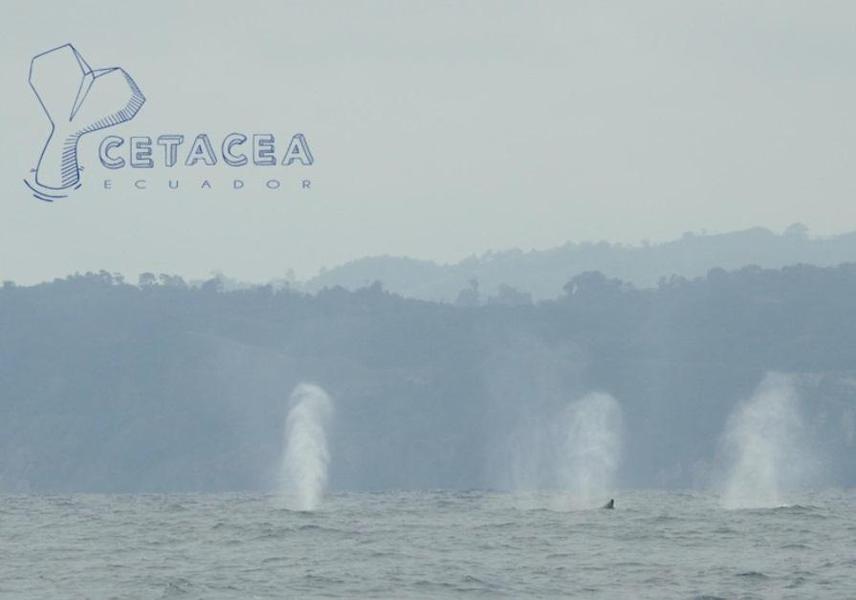Javier Paul Oña Lema
Other projects
16 Jun 2014
Humpback Whale Habitat Preference and Occurrence of Songs as an Initiative for in Situ Conservation off the Coast of Ecuador and to the Galapagos Islands
16 Jun 2016
Song Occurrence and Culture of Humpback Whales Breeding Off the Coast of Ecuador
We aim to find out humpback whale habitat preference and occurrence of songs in relation to depth and sea bottom structure for future conservation management.

This project will provide baseline information about humpback whale habitat preference and occurrence of songs in relation to environmental factors, such as depth and bottom structure. Using ship based surveys from June to August in the breeding ground at Bajos de Atacames, localized to north of Ecuador, we will record information on distribution, group structure and presence of songs. Every sighting position will be marked using handheld GPS and songs will be recorded by a hydrophone every half an hour or by encounter surveys. Groups will be classified in: single, pairs, mother and calf, mother-calf and escort, mother-calf and three escorts or more, competitive groups, and singers. In addition, photographic records of all groups will be used to record social, behaviour, and fluke and fin patterns of the whales for photo identification studies. Then, this information will be analyzed in relation to topographic and bathymetric information of study area using Geographic Information Systems (ArcGis-ArcMap.10).
The acoustic pollution from tourism, commercial maritime traffic, and oil explorations have been rapidly growing over the oceans, without major attempts to reduce the threats of noise on marine mammals which are highly acoustic animals. The excessive sounds underwater can have dramatic effects on marine mammal conservation (see Wade et al., 2010). Even though, the CPPS (Comision Permanente del Pacifico Sur) adopted a marine mammal action plan, neither habitat selection, nor sound contamination has been taken into account (Flores et al., 2007). So, the information on natural habitat preference, social groups, and acoustic behavior, will help to establish accurate elements for conservation management of humpback whales. In this sense, fine scale priority habitats will be defined and will allow to design efficient rules and controls to regulate the traffic of commercial, research and tourism ships.
Moreover, define preferred locations for singing and communication in this breeding ground will be important to identify relevant zones of social and reproductive interactions for the humpback whales. Additionally, this project will also be relevant as a baseline for future comparative research given that the effects on marine mammals by anthropogenic noise sources have long term consequences and with these first singing records we could explore more about the structure of the vocalizations and will plan future investigations relating underwater noise, caused by anthropogenic actions, and changes in the acoustic behaviour of whales.